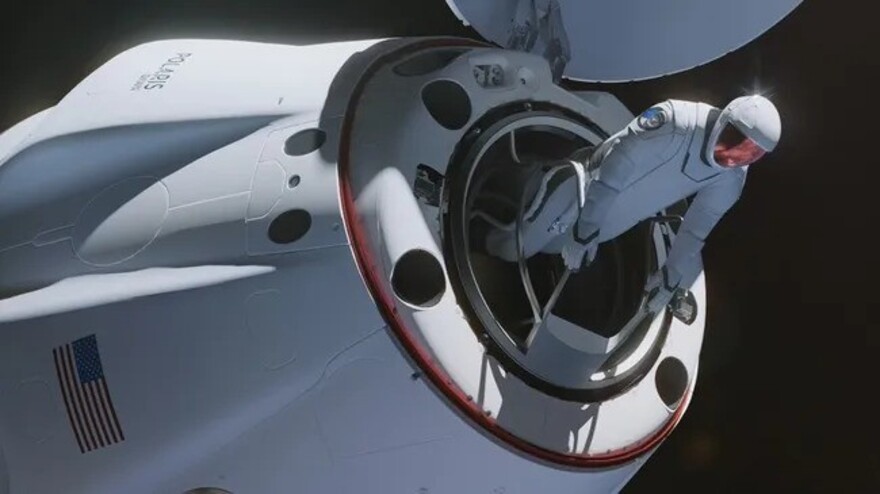SpaceX has announced that it will launch the Dragon spacecraft with the Polaris Dawn mission into space no earlier than July 31. It will be the first fully private spaceflight to feature a spacewalk. For billionaire Jared Isaacman, it will be his second trip into space.

Polaris Dawn commercial mission
The first commercial space mission with a spacewalk now has a launch date.
Polaris Dawn is part of a private human spaceflight program funded by billionaire Jared Isaacman. It wouldn’t launch until July 31, project representatives said today (July 3) in a short statement on social network X. Isaacman and SpaceX founder and CEO Elon Musk, whose company will provide the Dragon capsule for the Polaris Dawn flight and the Falcon 9 rocket, have not released statements on social media yet.
The crew plans to make the first-ever private spacewalk in spacesuits customized by SpaceX, as well as conduct a number of experiments. The orbit of Polaris Dawn will fly at an altitude of about 700 kilometers above Earth, which would be the highest crewed flight altitude since the Apollo missions to the Moon in the 1960s and 1970s. By comparison, the International Space Station orbits at an altitude of about 400 kilometers.
Preparing for a complex mission
Polaris Dawn will be the first of three missions in the Polaris program, all funded and managed by Isaacman. The Shift4 founder also led and funded Inspiration4’s fully civilian launch in September 2021, which raised $250 million for St. Jude Children’s Research Hospital in Tennessee; Isaacman plans to continue this support with Polaris missions.
In addition to Isaacman, the crew includes retired U.S. Air Force Lieut. Col. Scott “Kidd” Poteet as pilot and mission specialists Sarah Gillis and Anna Menon, both operational engineers at SpaceX.
According to project officials, the complexity of the mission required development delays from the original launch date of late 2022. The last big delay in February 2024 pushed the planned April launch back to the summer.
“We’ve kind of piled on to what NASA has done over generations as far as identifying environments and situations that are stressful,” said Poteet, noting that part of the work has been studying where team members cope well and where they may need help.
According to www.space.com


